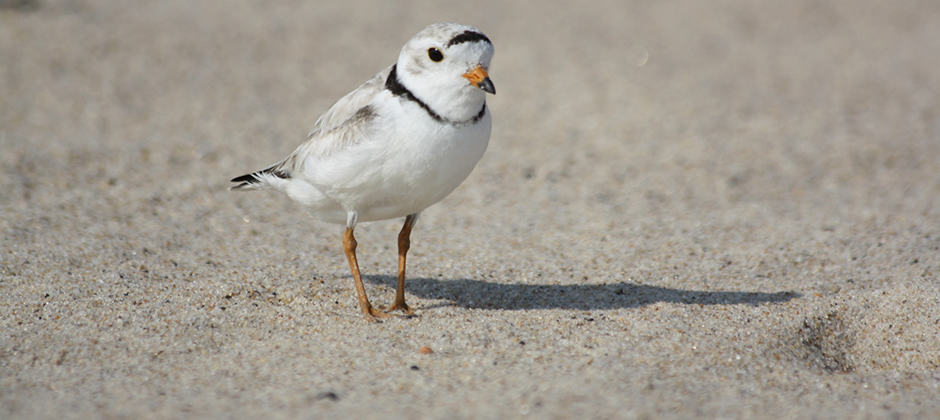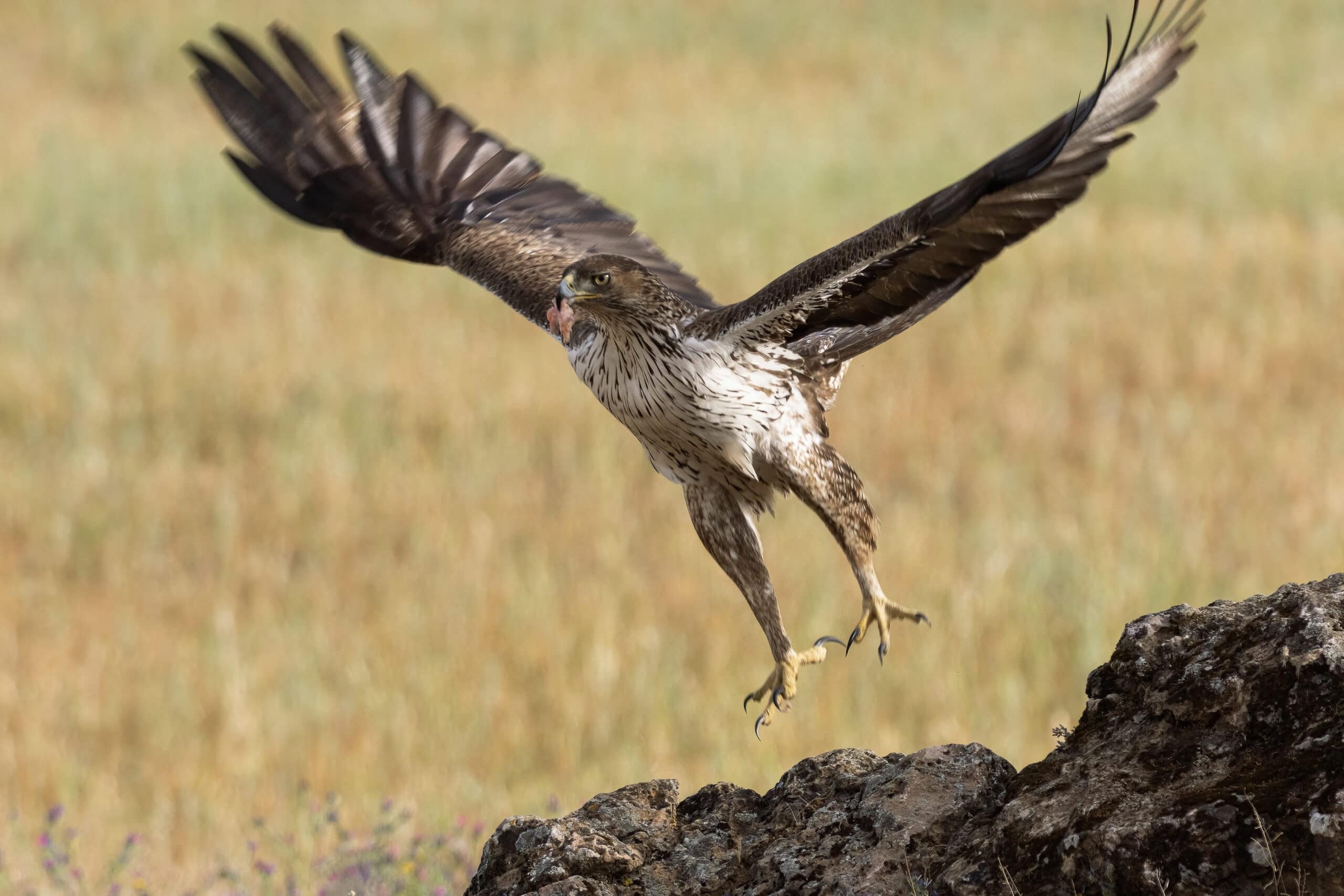Share this article
JWM: Piping plover foraging areas left unprotected
While piping plover nesting and breeding habitat is roped off and protected on New York’s Fire Island and Westhampton Island, researchers found areas where the plovers — and other shorebird species — forage lie outside of these protected areas.
“Since Hurricane Sandy, the lab has been looking at piping plover habitat use and how storms and management practices are impacting piping plover habitat use and reproductive success,” said Julia Monk, a PhD candidate at Yale University who studied the plovers in Virginia Tech’s shorebird lab. “Managers in the area were also really interested in how the area is supporting shorebirds overall, including shorebirds that migrate through the region.”
Monk led a study recently published in the Journal of Wildlife Management monitoring the federally endangered piping plovers (Charadrius melodus) and migrating shorebirds along the North Atlantic Coast.
She and her colleagues went out to the barrier islands every day for six months each year from 2014 to 2016 to conduct surveys on piping plovers. They monitored their nests, checking for chicks and noted what behaviors they were doing. About once a week, they also went out and counted every shorebird species they saw and noted what habitats they were using. They detected a total of 28 species like sanderlings (Calidris alba), semipalmated sandpipers (Calidris pusilla) and red knots (Calidris canutus). “Throughout the eastern seaboard, that many species or more will pass through during their migration between nesting areas in the Arctic and wintering areas throughout South America,” Monk said.
After reviewing their survey data, the team determined that many shorebirds were using piping plover foraging areas, made up of moist intertidal areas, sandbars and mud slats. “A previous study we’d done found that the availability of invertebrate prey was so much higher for shorebirds in these moist habitats,” she said. “There’s very few invertebrate prey in the drier areas.”
The researchers also found that foraging habitat that was so important for both piping plovers and the migratory shorebirds was actually outside protected areas that were roped off for limited human access to protect the birds.
“We think, first of all, it’s important for management to consider some form of protection for foraging areas not just for migratory shorebirds, but also because having access to rich foraging areas is important for piping plover success as well,” Monk said. While protecting nesting areas for the plovers is important, Monk said that once chicks hatch, they need food to grow. “It’s especially important before they have fledged, and that makes it much more important to have access between nesting areas and moist intertidal areas,” she said.
Monk said this may mean roping off some of these areas used for foraging or restricting access to the areas during certain times.
While piping plover nests have increased in the area, it’s important to protect their other resources. “Clearly, the piping plovers are succeeding in establishing these nests, but I do think management needs to also be supporting the entire lifecycle,” she said.
This article features research that was published in a TWS peer-reviewed journal. Individual online access to all TWS journal articles is a benefit of membership. Join TWS now to read the latest in wildlife research.
Header Image:
Piping plover’s foraging habitat that other migrating shorebirds also use is not protected by managers.
Credit: USFWS








